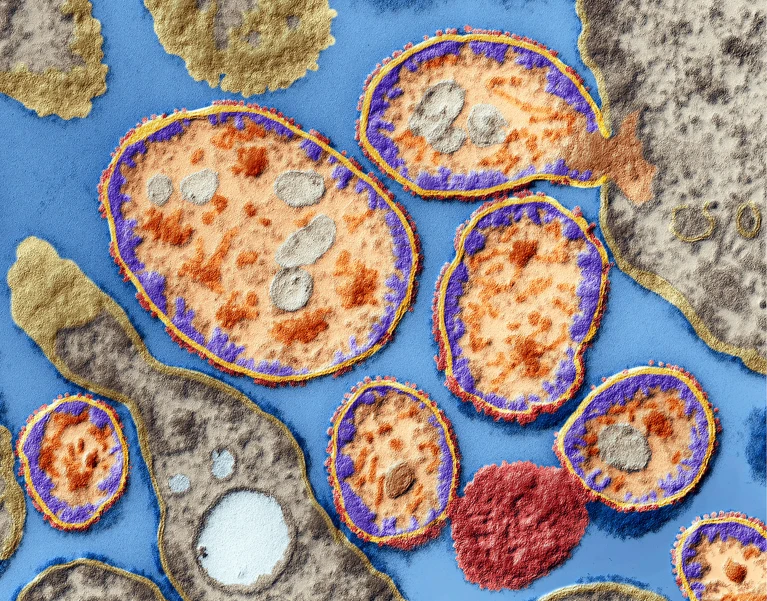
As we age, our bodies undergo various changes, and one of the most concerning is the gradual loss of muscle mass and strength, a condition known as sarcopenia. It is a natural part of the aging process characterized by the loss of muscle mass, strength, and function. It typically begins in our 30s, but its effects become more pronounced as we enter our 50s and beyond. Contributing factors include hormonal changes, decreased physical activity, and inadequate nutrition. Muscle loss can lead to a decline in mobility, making everyday activities more challenging and increasing the risk of falls and fractures. With less muscle mass, the body burns fewer calories at rest, potentially leading to weight gain and obesity-related health issues. Sarcopenia can result in frailty, making individuals more vulnerable to illness and decreasing their ability to recover from injuries or surgeries.
Sarcopenia and osteoporosis often coexist and exacerbate each other’s effects. Loss of muscle mass and strength can contribute to balance and stability issues, increasing the risk of falls and fractures (osteoporosis). On the other hand, fractures due to osteoporosis can result in reduced mobility, leading to muscle disuse and further exacerbating muscle loss (sarcopenia)
Nutrition plays a crucial role in combating sarcopenia. Incorporating the following foods into your diet can help support muscle growth and maintenance:
Protein and essential amino acids: Ensure an adequate intake of high-quality protein sources like lean meats, fish, eggs, dairy products, and plant-based options like legumes and tofu.
Omega-3 Fatty Acids: These fats, found in fatty fish like salmon and walnuts, have anti-inflammatory properties that can help protect muscle mass.
Vitamin D: This vitamin is essential for muscle function and can be obtained through sunlight exposure and foods like fortified dairy products and fatty fish.
Antioxidants: Foods rich in antioxidants, such as fruits and vegetables, can help reduce inflammation and protect muscle tissue.
Nutraceuticals are bioactive compounds found in certain foods or available as supplements that can have positive effects on muscle health. Known for its role in energy production, creatine supplementation has been shown to improve muscle strength in older adults. Collagen peptides may support muscle mass and function while also benefiting joint health. HMB (Beta-Hydroxy Beta-Methylbutyrate) helps reduce protein breakdown and promote muscle growth. Coenzyme Q10 (CoQ10), a powerful antioxidant properties and may enhance mitochondrial function, which is vital for muscle energy production.
By maintaining healthy, balanced diet rich in muscle-supporting nutrients and considering the use of nutraceuticals, individuals can take proactive steps to preserve their muscle health and enjoy a higher quality of life as they age.
Dr Anish Desai is MD, Clinical Pharmacologist and Nutraceutical Physician, Founder and CEO, IntelliMed Healthcare
Solutions.















